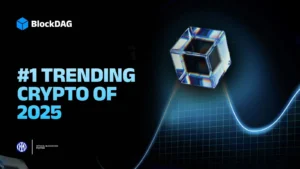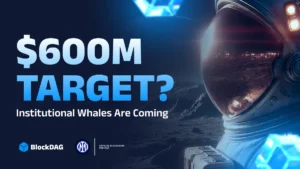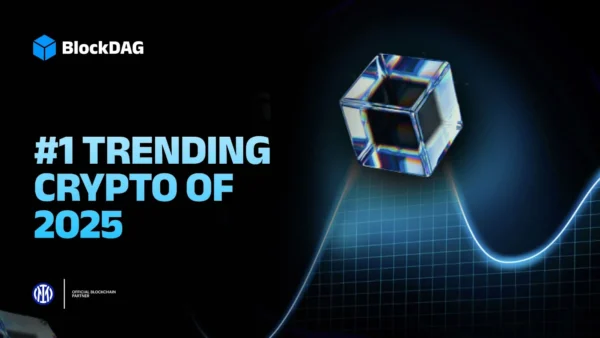
- Ethereum Constantinople hard fork could be delayed again due to a bug
- The hard fork has been delayed already
- Augur markets betting on delay till March 2019
According to Jason Carver, a programmer at the Ethereum Foundation, a new bug has been found in the smart contract platform’s long-awaited Constantinople hard fork. As reported by Trustnodes on February 12, 2019, the bug can affect a number of smart contracts that use the self-destruct feature.
Will the Hard Fork Be Delayed Again?
Per Carver, a feature called Create2 can enable a developer to make changes to the self-destructed smart contract, which, in turn, could change the rules of the mechanism. He said:
“You can construct a pretty innocuous contract pre-Constantinople, one that has two possible outcomes from a transaction: {‘contract exists’: ‘swap tokens’, ‘contract self-destructs’: ‘waste some gas’}. Post-Constantinople, the options could now become {‘contract exists’: ‘swap tokens’, ‘contract self-destructs’: ‘waste some gas’, ‘contract replaced’: ‘all ERC20 tokens that were pre-approved to the contract are stolen’}…
Sending ether isn’t the only way to get hosed. For example you might use ERC20’s ‘approve’ on a contract, seeing that the contract has certain rules about how it will use your approved token. Selfdestruct doesn’t look particularly dangerous there (pre-Constantinople), because the contract can only go away. Now it can go away and come back with code that transfers all your approved tokens.”
This could mean that in order to purchase a cryptopuppie or any ERC-20 based virtual asset, the user must go through the code of the contract and ensure it does not contain the self-destruct feature.
Carver added that although such “social attacks” could be circumvented through education, “it could surely lag behind the Constantinople upgrade itself.”
A Twitter user with the handle @mhswende made a poll on the social media platform asking the same question. Surprisingly enough, 76 percent of the respondents answered it incorrectly. This, even after assuming that the majority of the followers of the account would be highly technical developers.
Testing awareness levels here. After Constantinople, can contracts that you interact suddenly change code, in-place?
— holiman (@mhswende) February 7, 2019
Alexey Akhunov, a developer working on the Ethereum 1x upgrade stated that the implementation of State fee proposal 2 might allow resurrection of Parity multisig library. He, however, added that he’ll come up with a fix for the problem as state fees has not been deployed yet. Notably, the Constantinople hard fork is scheduled to go live on February 27, 2019.
Prediction Market Participants See an Opportunity to Make Quick Mone
Skeptics have already begun questioning the viability of the hard fork. Many believe that the detection of the bug might create complications for the state rent/fees implementation.
Moreover, the network is under “ice age” now, meaning its performance has dipped a little. It has increased block times to 21 seconds and razed down new supply to 13,000 ETH from 20,000 ETH.
The supply of ether is expected to tumble again in about three weeks by 2000-3000 units. The likelihood of these events has raised eyebrows regarding the proper upgrade of the Ethereum network.
In fact, the dramatic event has created its own market on prediction market platform Augur, where, at the time of writing, 22 percent of the respondents believe that the hard fork could very well be postponed till March 2019.









